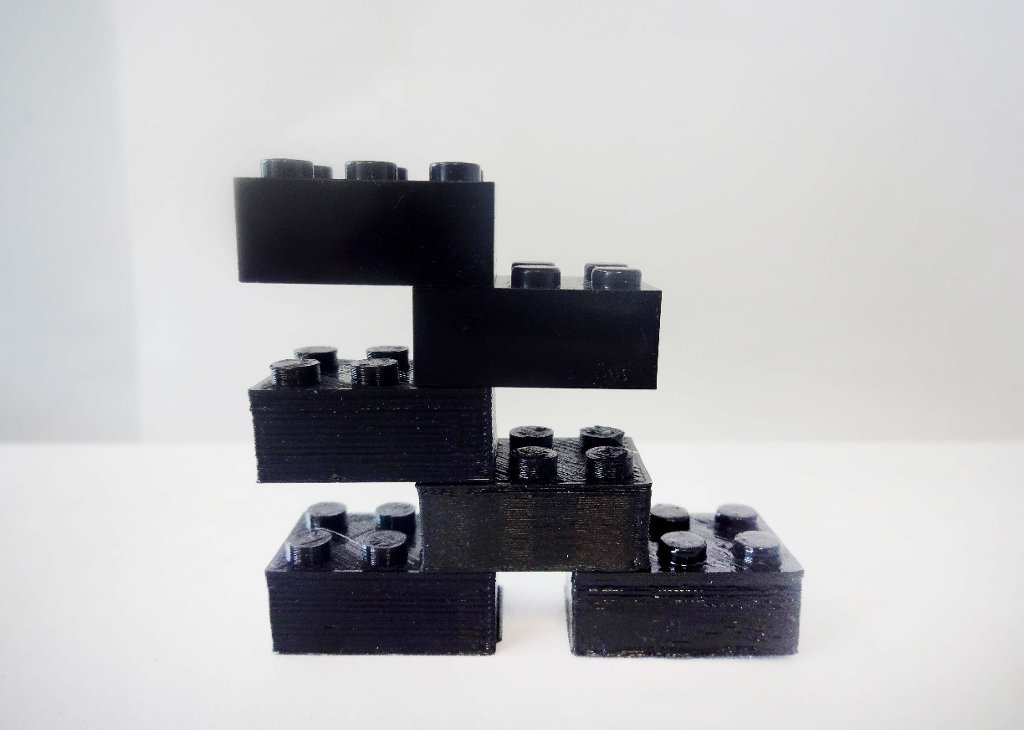3D Printing Slashes Optics Lab Costs

Just as open-source design has driven down the cost of software to the point that it is accessible to anyone with an Internet connection, open-source hardware makes it possible to drive down the cost of doing science. As part of that movement, a Michigan Technological University lab has introduced a library of open-source, 3D-printable optics components in a paper published in PLOS One from the Public Library of Science.
Joshua Pearce, an associate professor of materials science and engineering and electrical and computer engineering, explains: “This library operates as a free, flexible, low-cost tool set for developing both research and teaching optics hardware.”
Pearce’s lab used OpenSCAD, an open-source computer-aided design software tool, to make the designs customizable. They can be printed on open-source RepRap 3D printers, and the electronics and controls are based on the open-source Arduino microcontroller environment.
The study found cost reductions generally over 97 percent, with some components costing only 1 percent of the market price for optical products of similar function. “For example, commercial optical rail sells for around $380 per meter, and you can build an open alternative with printed parts for less than what you would pay in sales tax,” says Pearce. “And there is no sales tax, shipping costs or waiting for parts to come in stock or ship.”
This method of designing and building scientific hardware will let a much broader audience participate in optical experimentation, both for research and teaching, he says. For example, to outfit an undergraduate teaching laboratory with 30 optics setups costs less than $500 using the open-source optics approach, compared to $15,000 for commercial versions.
“Saving money is nice, particularly for cash-strapped schools, but the real advantage of this approach is it enables researchers to fabricate custom optics equipment in house. You get exactly what you need for your experiments, even if they are not commercially available,” says Pearce, “This is the future of scientific equipment; we have only just started.”
The full text is published as C. Zhang, N. C. Anzalone, R. P. Faria and J. M. Pearce, “Open-Source 3D-Printable Optics Equipment” PLOS One (2013)
To download open optics designs from the paper and others, see Pearce's designs on Thingiverse.
Michigan Technological University is a public research university founded in 1885 in Houghton, Michigan, and is home to nearly 7,500 students from more than 60 countries around the world. Consistently ranked among the best universities in the country for return on investment, Michigan’s flagship technological university offers more than 120 undergraduate and graduate degree programs in science and technology, engineering, computing, forestry, business, health professions, humanities, mathematics, social sciences, and the arts. The rural campus is situated just miles from Lake Superior in Michigan's Upper Peninsula, offering year-round opportunities for outdoor adventure.




Comments